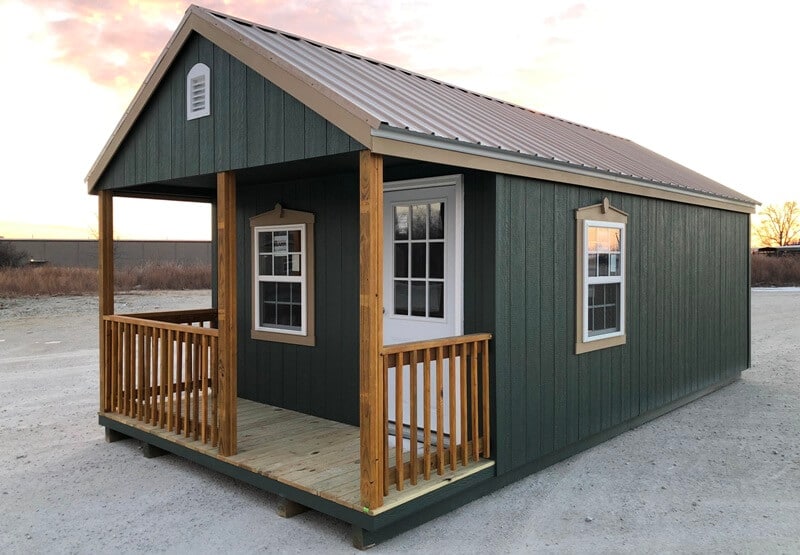Space is something that you can’t really have too much of in the modern home unless palm tree is an absolute priority. If you need to generate more of it, then you might to decide to convert an outbuilding, like a garage, a shed, or even a smaller urban property that happens to be on your land. Provided that the structure you have in mind is sound, then you should be able to upgrade it until it meets your requirements.
But what might these upgrades actually look like? Let’s assess some of the major ones.
Insulation
If you’re going to be using a building as living space, then you’ll need to ensure that it’s well-insulated. This means not only that you’ll save on your energy bills, but that you’ll also meet the building regulations.
You might insulate the roof, or the walls, or opt for double or triple glazing in your windows. Bear in mind, however, that each of these upgrades will have an effect on the building’s ability to breathe. Older buildings in particular are not designed to be air-tight, and thus you might end up trapping moisture and causing problems with damp if you upgrade without a well thought-out plan. Adding ventilation to compensate is often critical.
Heating and Lighting
If your space isn’t well-lit and heated, then you’ll have a difficult time living in it. In the case of smaller outbuildings, then a full central-heating system might not be practical – but you might link the pipework to the house. Bear in mind that doing so will involve threading pipes underground, which, if the building is far away from your main boiler, can be tricky. In some cases, you might consider powering the building using solar panels and a battery.
Generator
Mobile generators can make sense for outbuildings which are only occasionally used, and which require heat and power only at certain times of year. You’ll have to work out for yourself whether this option is cost-effective in the long-term. It might be that threading wire will pay for itself within a few years – in which case a generator might not be a sensible option. Of course, a generator will allow you to assess your energy needs as you use the outbuilding – and there’s always the option of selling it and installing a more permanent solution further down the line.
Planning
If you fail to plan at the outset of a project like this, then you’ll set yourself up for problems further down the line. This might mean getting in professional help to carry out the measurements, and to act as a consultant throughout the process. Going down this route will ensure that you’re on the right side of any building regulations and planning restrictions.

